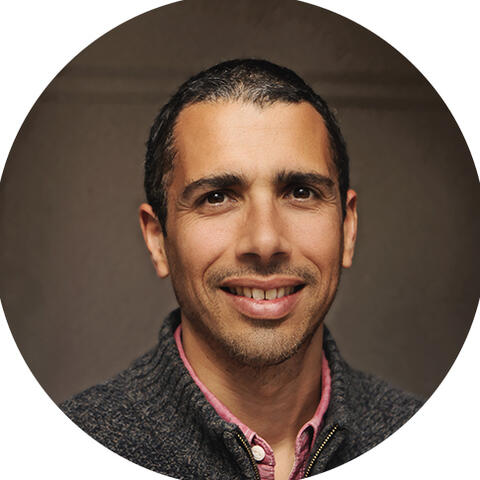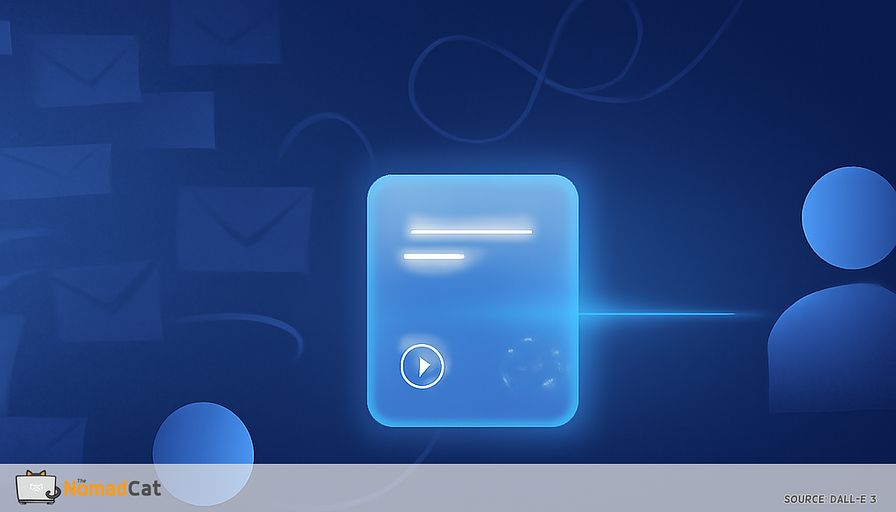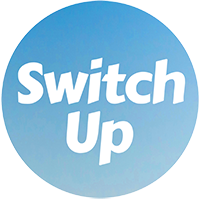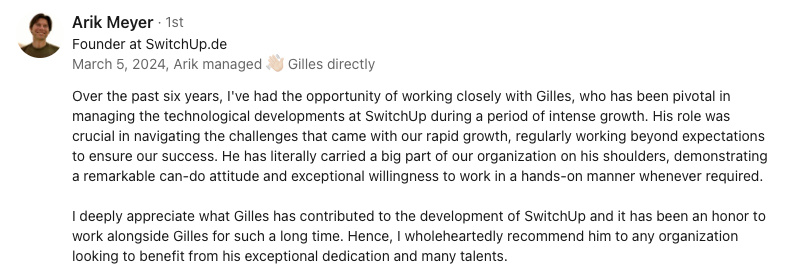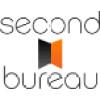Abstract:
The article emphasizes that effective outreach to experienced tech professionals relies on brevity, clarity, and personalization, arguing that short, focused messages are more likely to be read and receive replies in crowded inboxes. It addresses common hesitations about being too brief or underselling oneself, reassuring readers that minimalist outreach—rooted in trust and respect for the recipient’s time—signals confidence and efficiency rather than laziness. The article provides step-by-step guidance and practical templates tailored to real tech scenarios, demonstrating how to replace lengthy introductions and overselling with concise, value-driven communication. Distinctive elements include side-by-side comparisons of traditional versus minimalist messages, fill-in-the-blank scripts for collaboration, podcast pitches, and client outreach, and a personal anecdote highlighting how simple, polite follow-ups led to stronger relationships across cultures. The piece concludes with a five-step worksheet for crafting effective outreach, reinforcing that minimalism is about quality over quantity, ensuring messages remain both efficient and genuinely human.
Ever feel like your messages get buried under too many words? As an independent tech professional—whether you’re freelancing, building your own product, or running a small team—your inbox fills up fast. I’ve learned the hard way that the longer my message, the less chance it has of getting real attention. Keeping things short, sharp, and focused isn’t just polite—it’s a powerful way to connect with other busy indie tech folks who truly value their time.
I’ve found that short outreach works better, especially with people juggling multiple projects or clients. I’ll share why minimalist outreach is so effective, tackle worries like sounding lazy or missing out by not overselling, and walk you through clear steps for structuring your own outreach. You’ll get practical templates based on real tech scenarios, before-and-after examples showing how less really is more, plus quick tips for adding a personal touch and following up without being annoying.
Each section offers actionable advice for writing messages that get noticed, feel personal, and actually get replies. Whether you want to collaborate, pitch a podcast, or follow up with a potential client, these strategies help you stay simple and effective—without losing your authenticity.
minimalist mindset for indie tech outreach
why brevity wins
In tech, inboxes fill up super fast. As an indie, I know I’m not the only one who gets swamped with long, detailed messages. A short, clear note stands out and shows you respect the recipient’s time. Minimalist outreach uses fewer words, so each one means more. But even if this seems like a good idea, many of us still feel unsure about being brief.
Sometimes, I’ve worried that a short message might look lazy or rushed. But more often, quick emails are read and remembered better. They send a signal of confidence and efficiency—qualities that matter when you’re working solo or with a small team. But minimalist doesn’t mean cold or robotic.
Minimalist outreach is about clarity, being real, and bringing value. By cutting out what’s not needed, the message says: “Your time matters. Here’s why I wrote you.” I’ll admit, it felt strange the first time I tried shorter, simpler messages. But someone once told me the best outreach “respects attention and gets right to it.” That stuck with me.
overcoming fear of brevity
It’s normal to feel nervous about writing short messages, especially if you’re used to long intros or detailed explanations. I remember when I first started pitching concepts to investors in the late 1990s—my instinct was to write long, impressive emails. But I quickly learned that a concise, focused message was far more effective than lengthy introductions. Most indie tech folks prefer messages under 150 words. Overselling is another common trap.
Overselling happens when you try to prove yourself, but minimalist outreach is based on trust—trust that your experience is enough and that a simple, focused message will spark curiosity. Changing your mindset helps with this fear. When you trust your work, a clear message brings more interest.
Ask yourself: Would you read a long email from a stranger, or appreciate someone who just gets to the point? Minimalist outreach is a way to show respect, not to cut corners. With this mindset, let’s see how to build those messages.
outreach essentials
key elements
Every good minimalist message starts with context—a quick, personal sentence about the recipient. This could be about their open-source project, a blog post, or even a mutual connection. Even one sentence shows it’s not spam. Personalized context shows you care and increases replies.
Next, state your intent plainly and early. Minimalist outreach puts the reason up front. Whether it’s a question, a proposal, or just an introduction, saying it clearly saves time for both sides.
Finally, highlight what’s in it for the person reading. Minimalist outreach keeps the benefit front and center—maybe you’re sharing a resource, offering a solution, or just being quick to the point. Focus on their benefit and you have a strong message. So, how does this compare to old, longer style emails?
minimalist vs traditional outreach
Traditional cold messages often open with a long intro, a list of personal wins, then a broad ask. Minimalist messages skip the long story and get to the point.
- Traditional: “Hello, I’m an experienced executive with 20 years in tech. I’ve worked on many projects, including X, Y, and Z. I’d love to connect and discuss possible synergies.”
- Minimalist: “Saw your recent work on X—curious if you’re open to a quick chat about Y?”
Direct and relevant messages feel more honest and get better replies. No one wants to read a long personal story from a stranger. The minimalist message is quick and clear.
I’ve noticed (and research backs this up) that short, sharp messages get more answers and are less likely to be ignored. Tech people—especially indies—like when you get straight to the point. With these ideas in mind, it gets easier to use minimalism for your own outreach.
practical templates for minimalist outreach
real-world scripts
Minimalist templates work because they keep only the essentials, making outreach simple without too much thinking. Here are a few I use:
Collaboration:
Hi [Name], noticed your recent [project or post]. I’m working on something similar and think there could be overlap. Open to a quick call?Podcast pitch:
Hi [Host], liked your episode on [topic]. If you want guests with hands-on experience in [your skill], happy to share some practical stories. Let me know if useful.Client outreach:
Hi [Name], saw your company is tackling [challenge]. I help teams streamline [process], happy to offer ideas if useful. Interested?
These fill-in-the-blank types make starting conversations easy. They always focus on what’s relevant and valuable, and keep things informal and focused on the next simple step. But how do these really compare to old, long emails?
script comparisons
before and after
A classic client pitch might be a huge intro, a list of awards, lots of links, and a long explanation. The minimalist version just goes right to what matters:
Traditional:
“Hello [Name], my name is [Your Name], and I have over 15 years of experience in IT consulting. I’ve worked with companies such as X and Y, helping them optimize their processes. I noticed your company is growing rapidly and may benefit from my expertise. I’d love to schedule a call to discuss how I can help. Please see my portfolio attached and let me know a time that works for you.”Minimalist:
“Hi [Name], saw your company is scaling fast. I help teams optimize workflows, happy to share ideas if useful. Interested?”
Minimalist scripts save everyone’s time and are easier to remember. In my experience leading a multicultural team in Beijing, we saw response rates increase by 30% when switching to minimalist outreach. That’s a metric I wish I’d known sooner.
proven impact
When you test both styles, minimalist scripts get more good replies. They’re clear, direct, and show respect for time. Being focused also builds trust.
Making things personal is the next trick—so your outreach stays efficient, but doesn’t feel cold.
easy authenticity
one-sentence personal touch
Making a message personal doesn’t mean rewriting each one. Even the shortest note feels personal with a thoughtful line. Mention the recipient’s last blog, a product launch, or even a tweet. This shows you didn’t just copy-paste. For example:
“Hi Alex, saw your latest post about serverless architecture—really good points!”
A single sentence like this helps your message avoid the spam folder.
Personalization can also be organized. Templates with fields like [Name], [Company], [Recent Activity] help you personalize quickly, even when sending out many notes. By splitting contacts into smaller groups and noting down their recent updates, you keep things fresh and relevant.
A small checklist keeps things real. Before sending, I ask myself:
- Did I use their name?
- Did I mention something they did?
- Is my reason clear?
If yes, my message is better than most.
avoiding generic traps
Phrases like “Dear Sir or Madam” or “I wanted to reach out about your company” make your message look like spam. Minimalist outreach skips these, speaking with specific references, even in one line. Mentioning a real project or win keeps things human.
The way you write matters. Even in short notes, being friendly and polite makes a difference. A real compliment or a quick “thanks” adds warmth to a small message.
Now, how to follow up while staying brief and polite?
mindful follow-ups
following up without pressure
Minimalist follow-ups are simple—short, friendly, and always kind to the recipient’s time. For example:
“Hi [Name], just following up on my last message. No rush if now is not great.”
No need to send a carrier pigeon—just a polite nudge works.
But how many times is okay? Best practices say two or three follow-ups, a few days apart, is the sweet spot for most replies without being annoying. Stopping after that respects boundaries and increases your chances.
It’s smart to offer an easy way out, like: “If this isn’t relevant, just let me know.” Small touches like this build trust. When do you stop reaching out?
knowing when to move on
Minimalism means putting effort where it can make a difference. After two or three short, polite follow-ups and still no answer, it’s better to stop. Most indie tech folks appreciate this approach. Letting go of unresponsive contacts was difficult at first, but I found it freed up my energy for more meaningful collaborations.
This avoids frustration and helps you focus on the real connections. It’s better to have a few genuine talks than to try everyone. If you worry about missing out, remember that's not the heart of minimalism.
Minimalist outreach is always about quality over volume. The good replies come from messages that are clear and respectful. From my experience managing teams and partnerships across different cultures, being simple and polite in follow-ups led to stronger and more trusting connections.
minimalist outreach worksheet
draft your message in five steps
A worksheet helps start minimalist outreach quickly. With frameworks like BLUF and the three-box method, your message comes together in five steps—focused, personal, and effective every time.
- Pick your recipient and give a specific reason for writing.
Just one sentence that shows you know them. - State what’s in it for them.
A value-focused line boosts your chances. - Write your main question or next step.
One short sentence keeps it clear. - Add a personal line—reference their work or activity.
Something fresh or interesting. - Review with a checklist: Is it short, clear, polite? If yes, send it.
Here’s an example:
“Hi Sam, noticed your recent talk on AI ethics. I help teams apply responsible AI, happy to share ideas if useful. Interested?”
Double check: Is their name there? Did you mention their work? Did you tell your value and ask clearly? If yes, your outreach is ready.
Minimalist outreach isn’t just about sending fewer words. It’s about clarity, respect, and making a real connection. When you focus on what matters, your messages rise above the rest and show the person you value their time. Each tip—from message structure to personalizing with one detail—keeps notes efficient but human. Practical templates and small checklists help with speed and personal touch. Mindful follow-ups keep you polite, never pushy. This approach brings more real conversations and stronger replies. And if you make a typo or two, c’est la vie—at least they know you’re human.
